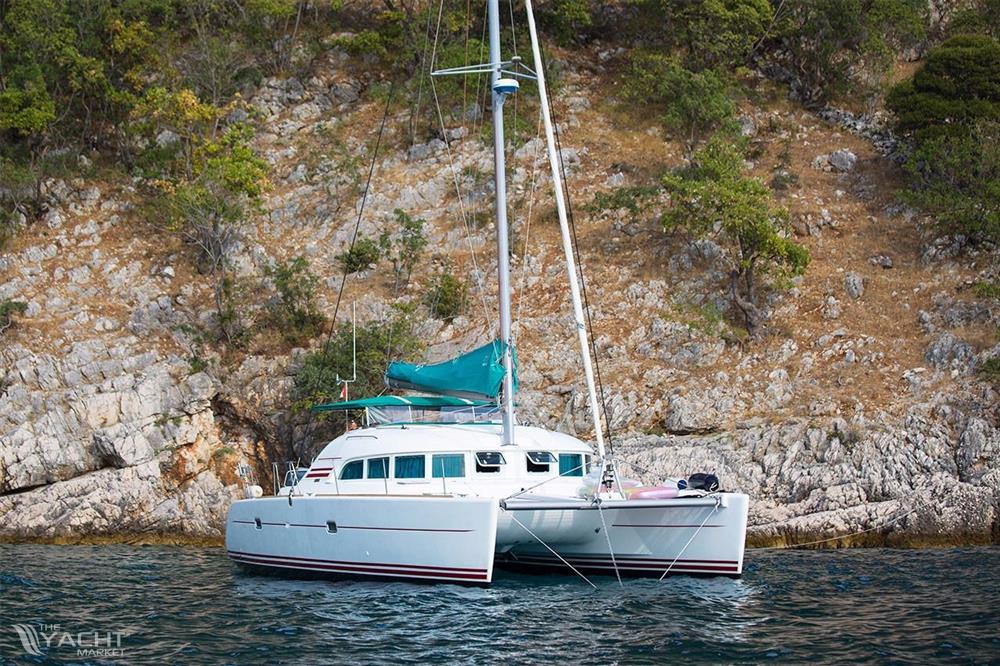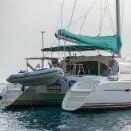In which case he / she would be mistaken.
A broker is simply a 'private seller' unless they are selling aboat owned by them.
neother a broker, or a private owner is legally required to divulge any information, or highlight any problems. It is considered ethical to answer correctly any specifically asked question, such as "has it had a survey", "is the engine running" "are there any fuel or oil leaks"
The seller could just let you lose on the boat and not even be there to answer questions.
The RYA statement on the subject :
Broker’s ‘Legal Liability To Disclose Information’
In the RYA’s view, there is no general legal obligation on either Seller or broker to disclose the existence of defects to a prospective Buyer, unless, of course, they are asked a specific question, which is why a survey is essential. Nevertheless the RYA, the BMF and the ABYA believe that it is good practice for a broker to fairly represent a boat being offered for sale and should therefore disclose any defects made know to them by the Seller.
Again from the RYA advice to sellers and buyers :
A standard disclaimer will be included in the brokers Agreement with the Seller, the purpose of which is to protect a broker against complaints by a Buyer that the broker’s published particulars of a boat are wrong,
Few brokers will actually look at the boat to assess its condition, they will instead rely on details provided by the seller and thus they can say "we know of no faults", and, you will most often see the 'small print' (disclaimer) on the bottom of the sales details that will say something similar to "we have no liability for the accuracy of these details, they are based on the information provided to us by the seller"



